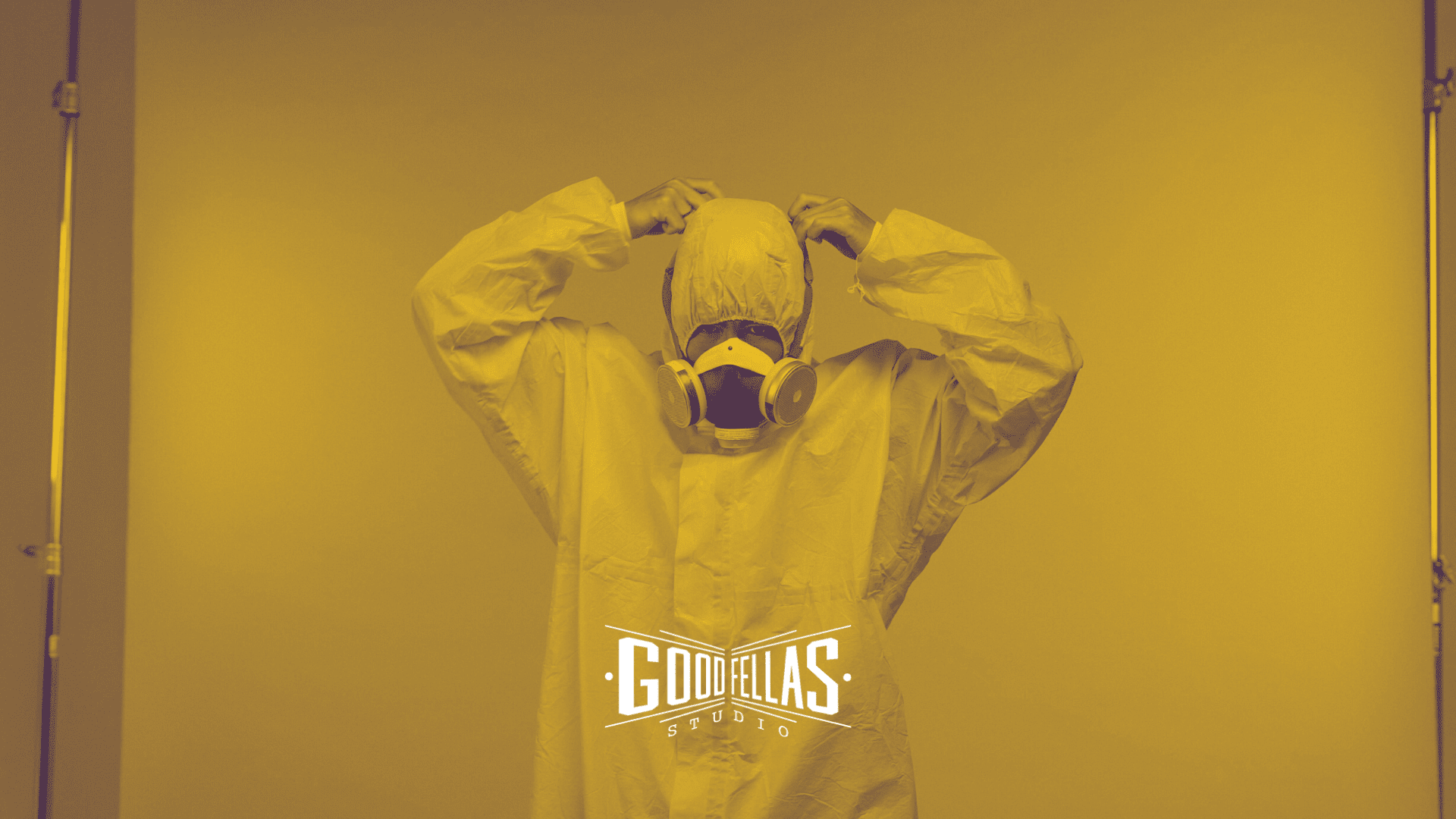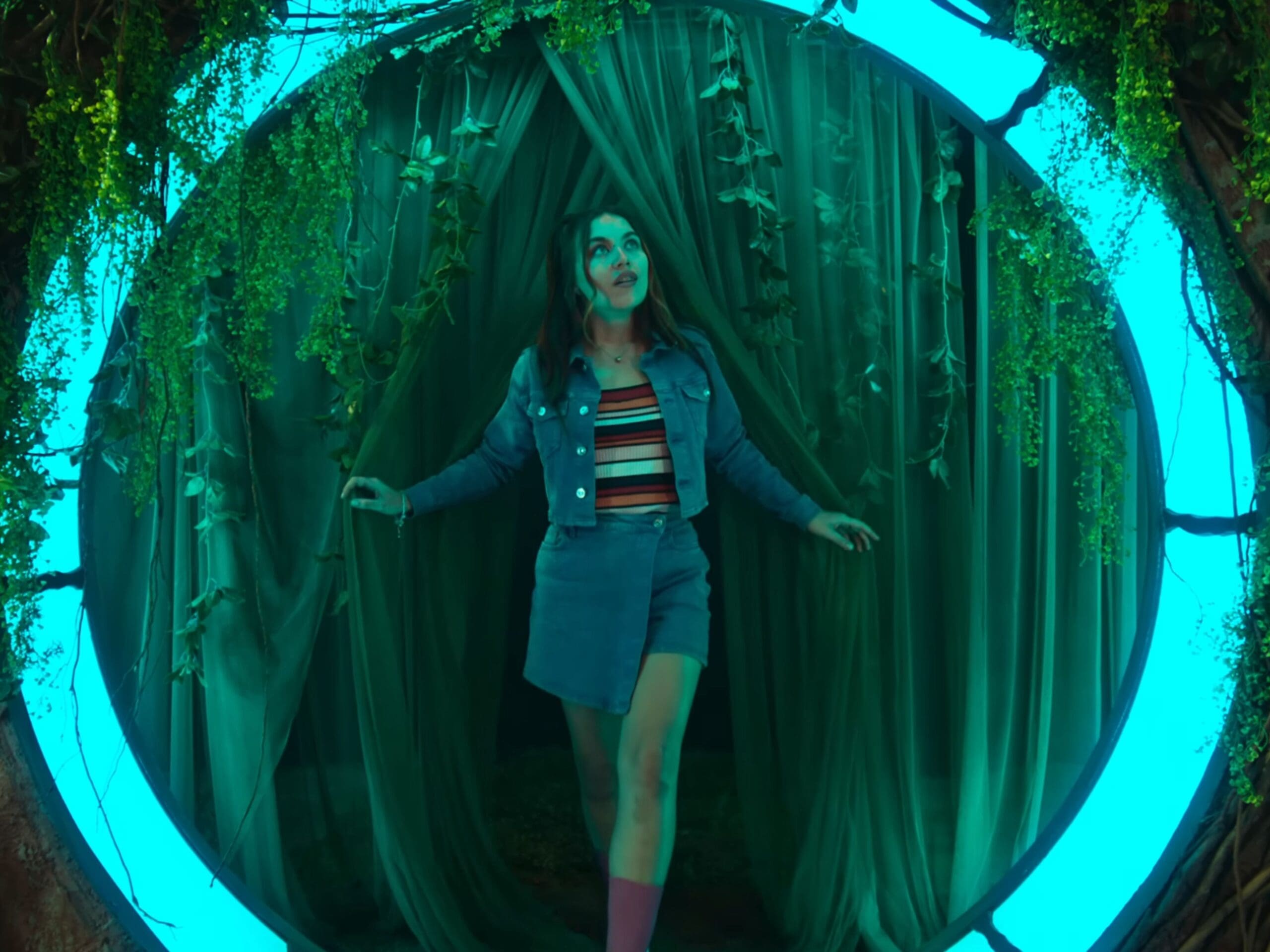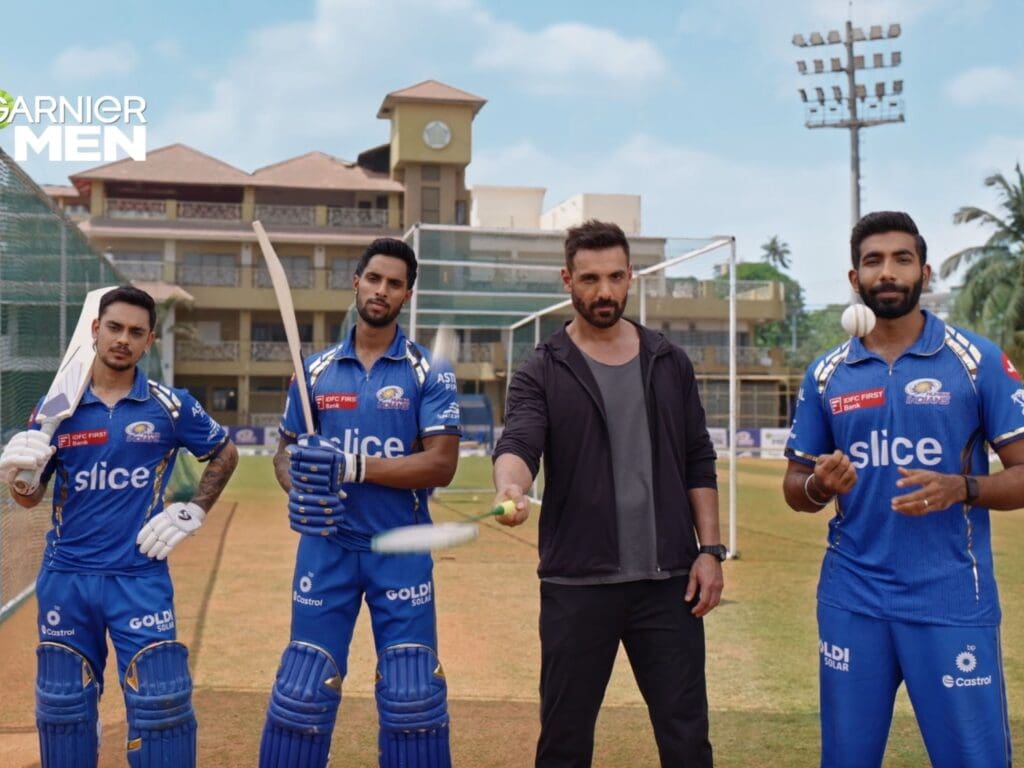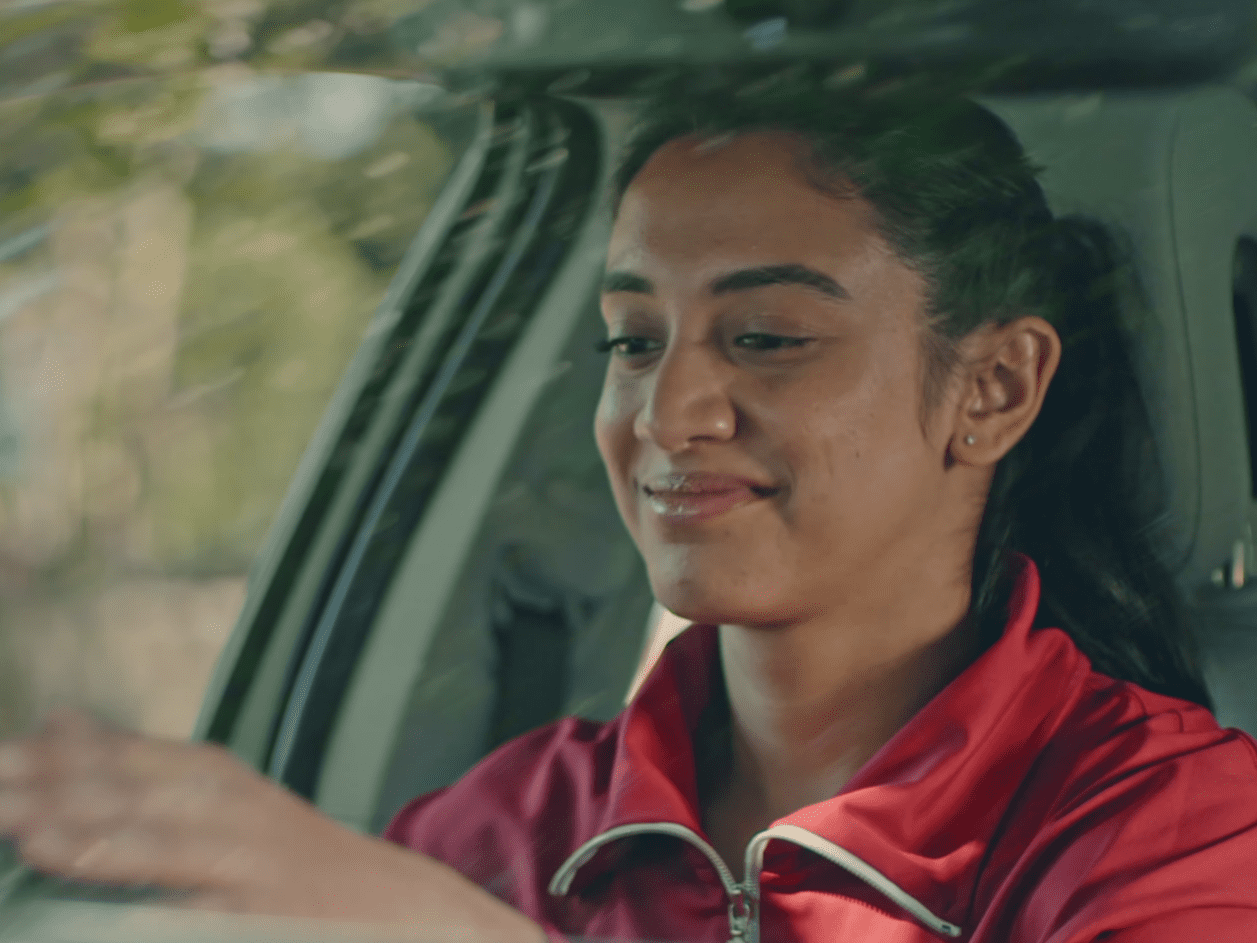A conversation starter for brands, media agencies and filmmakers
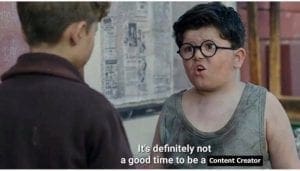
The grey economic effects of the corona-virus (COVID-19) pandemic are beginning to sink in across the advertising, media & entertainment ecosystem.
Several independent industry bodies unanimously decided to call off shooting from March 19 till further notice. This was followed by the nationwide lock-down by the Central Govt. (until April 15, 2020, as of now).
For most advertising/media executives, this virus means normal business is on hold indefinitely.
For filmmakers (content producers [like myself], freelancers, independent artists)- I’m in the same boat as you: all my upcoming shoots/campaigns have been cancelled one after another. The pitches have dried up and most of my clients are applying the wait and watch strategy for now. I honestly do not know where my next paycheck is going to come from.
With time, there will be an adjustment period around learning how to do things. We are all going to get up, wipe off the dust and adapt to the “new normal”.
Live-action production, though, is what scares me the most. I’m not sure how we are going to make movies, TV shows, commercials and streaming content without being around a lot of other people. And most of these people I am talking about are specialist freelancers or independent artists on whom this landscape is heavily codependent. That has always been the nature of the business. However, COVID-19 has changed everything. Overnight!
Hence, in a time of extraordinary crisis, I want to start a conversation on how — with and after this sucker punch — can we have this ecosystem up & running. More importantly, I want us (read: ‘also myself’) to stay in business and float (if not thrive) until we get back to the ‘new normal’.
1. 2D/3D Animation Route
For Brands/Networks/Media Agencies:
Most of your live-action ideas & scripts can be converted to animation scripts with ease. It also gives you the freedom to have brand consistency throughout your videos with common brand colors, vibe and packaging.
These projects can be tailored based on the allocated budget, as there are various types and qualities of animation styles that can be adjusted accordingly.
Films can evolve as the project moves forward, unlike live-action films where you have to work with limitations of whatever resources are available at a given time.
For Film Makers (Content Producers, Freelancers, Independent Artists):
If you are used to managing live-action shoots and post-production, you can switch to motion design/animation smoothly. It is not very different. You can use your current expertise in project management, strategy, creative direction, and execute it with the post team.
Crew such as creative directors, writers, producers, editors, music composers, voice-over artists and sound designers are all still needed for these projects. And the best part is — it can all be done remotely.
2. Re-package Previously Shot Footage
For Brands/Networks/Media Agencies:
When you cannot shoot any new footage, it is time to cut together new content with previously shot commercials, interviews, digital content etc. It is time to look into all that footage that didn’t make it to the final cut (read “client cut”) and see how and where it could be snugged in.
You can rearrange it — add a voice-over or re-dub it, mix it with some titles/graphics to make it relevant to current times. You will be surprised to see what repackaging all that you have shot over the years can produce.
For Film Makers (Content Producers, Freelancers, Independent Artists):
It is time you re-look at everything you have shot for your clients (including NG takes) and suggest solutions as to how it can be refurbished.
It is also time to start discussing the usage rights of the footage with your clients and set budgets for it accordingly. This also calls for us to now have clear-cut guidelines about usage rights in our contracts before we begin shooting any new project. This would help us avoid getting into long, uncomfortable negotiations later.
3. Stock Footage Video
For Brands/Networks/Media Agencies:
There is a subsequent rise in the demand for stock videos now. And there is plenty available out there — especially if you are looking for factual/non-fiction content.
It is time to consider telling stories with the kind of footage that is available. Follow a reverse process — source the footage first and then write the script accordingly. Mix it with music, animation, voice-over and titles to create an impactful video.
For Film Makers (Content Producers, Freelancers, Independent Artists):
Think about what you can (safely) shoot, render, or might already have sitting on hard drives that can go up on sale on stock date platforms. There are plenty of websites constantly looking for content. This content is a mine of opportunities waiting to be explored besides being a source of additional income.
You may also work in reverse, by understanding what kind of footage is in demand/trending and then create (safely) or compile it from your archives accordingly.
4. Lean & Virtual Crew Shooting Ideas
For Brands/Networks/Media Agencies:
There are a few live-action shooting styles, such as interviews + B-roll, live streaming talks, stop motion & tabletop Style, that can be organized with smaller production crews. This includes a one-person team who can shoot and record sound. She/he/they can go to the homes of on-screen talent OR can also come to offices (if and when they open) and shoot interviews or product shots inside a room.
The director/creative can be guiding this over a live video call. Voice-overs, music & edit can be done remotely. For propping & art — we can use everyday objects, printed designs, hand-drawn posters, stationery, food items, 3D printed assets, etc.
For Film Makers (Content Producers, Freelancers, Independent Artists):
Each of us will now have to be innovative with whatever resources are available. We will also have to wear multiple hats to be able to pull-off shoots smoothly. For e.g. — Creative Directors will have to pick up the camera; Camera teams will have to learn to record sound and so on.
Use this free time to pick up new skills. Plenty of tutorials are giving heavy discounts (some are even free) during this lock-down period. You could make use of these tutorials/courses to up-skill yourselves We will also have to learn to use virtual software such as Adobe Clip, Frame.io, Rev etc. and buy larger cloud storage space to facilitate seamless remote workflow.
5. Resuming Live-Action Shooting (Post Lock-down Scenario)
We are still uncertain as to when the conventional live-action shooting will begin, but one thing is certain — it will never be the same. My team and I are preparing an exhaustive list of Post COVID-19 ‘Dos & Don’ts’ shoot guidelines. Below are a couple of key suggestions:
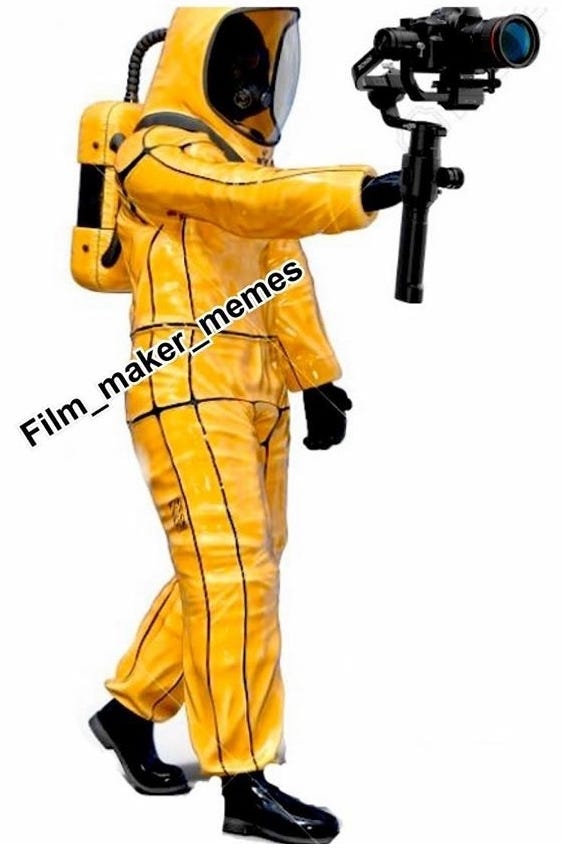
For Film Makers (Content Producers, Freelancers, Independent Artists):
Firstly, we will have to consider take film-set hygiene as our utmost priority and follow all the directive measures given by the authorities. Sanitizing of sets, regular temperature checks, crew travel history records, sanitizers & masks supply etc. are a few basics.
I suggest — as a unified industry norm, we should have a set ‘hygiene code’ to be followed stringently. Have a dedicated ‘hygiene team’ on set. And also account for it in our budget breakdowns as a strict non-negotiable ‘Hygiene Fee’.
Secondly, we will now have to resort to the “indie” style of film making with as less as possible crew on set. Luxuries such as multiple spot-boys, on set masseuses, live food counters, extensive snack tables etc. have been a norm on sets even before I can remember (speaking from my advertising shoot experience). We will now have to do away with all that and accustom to a minimal crew with basic facilities and a very D.I.Y. attitude on set.
For Brands/Networks/Media Agencies:
Please make sure that every shoot you assign — the crew is adept with the said hygiene compliance. Insist on checking the measures and keeping aside a set hygiene budget for all your shoots. Also, account for having a compulsory health insurance cover, which covers safety and health liabilities for the entire crew.
These are minimal upfront costs compared to the thousands & lakhs of monies you will end up spending for any negative consequences. The one key thing this pandemic has taught us is to have a contingency plan.
6. Pending Payments
With this lock-down in place, lakhs of the daily-wage film-crew workers will be immensely affected. The film authorities, unions and the fraternity have been warm and prompt enough to address this and take the responsibility to provide them with interim funds. (Here is the link for you to contribute — Click Here)
There are still thousands of crew members/free-lancers such as the direction team, production team, post team etc. that do not belong in the daily wage category but rely heavily on a project-to-project basis income. For them too, this lock-down is a nervous time and a point of concern.
Though as a producer/studio I see a lot of colleagues being positive and clearing payments from their own cash flow; but we too are dependent on payments coming from the agencies/brands/clients. And there is only a limited pressure release that we can do on our own.
Hence a humble appeal to all agencies, brands and networks reading this: release the pending payments of their video partners for completed films/web series/TV shows/ad projects. Even if the credit period hasn’t passed, push your finance teams to release the payments, so that the ball keeps rolling in these hard times.
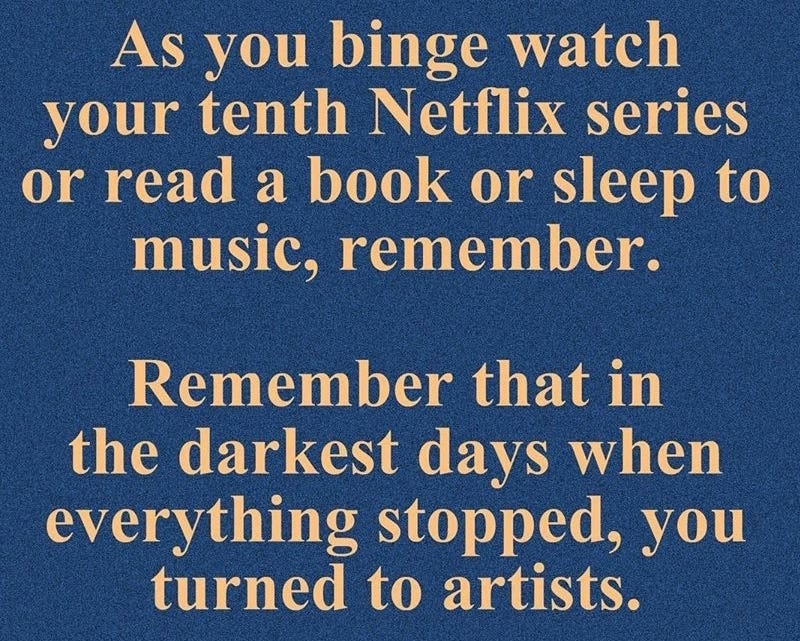
—
Lastly, these are tough times and most of us will be facing the first recession of our careers. We are all hurting. We are all vulnerable.
As creative leaders, business owners, independent artists and most importantly as humans, let us keep this in mind and help each other in these trying times, and stand united.
Only community spirit will get us through these next few months.
Until then, stay safe and stay healthy. Go Corona Go!
— — —
Do share your thoughts, comments and suggestions on the way you see our industry changing or how you are adapting to the new normal.
This article was originally posted at Medium.com


